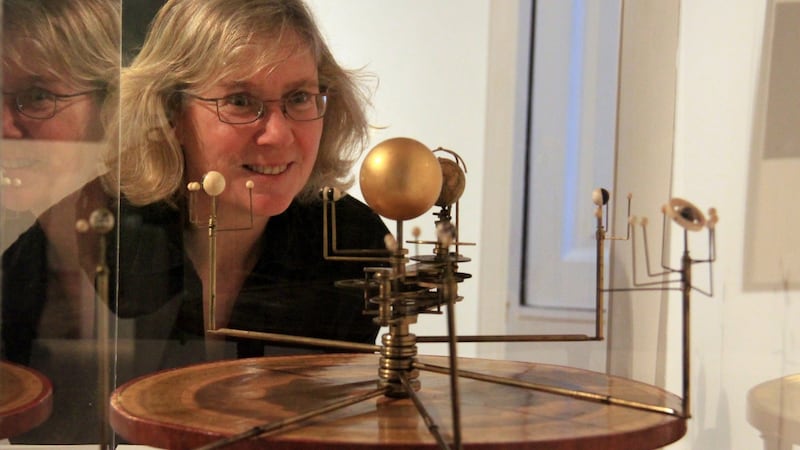NUI Galway maths student James Hayes (17) is the 2020 winner of the Mary Mulvihill Award, the science media competition for third-level students.
The winning entry, "Cabra's Scientific Banksy: The Story of William Rowan Hamilton and Quaternions" is a biographical essay about mathematician William Rowan Hamilton's discovery of quaternions.
Hayes, who is from Knockcroghery, Co Roscommon, "deftly weaves in references to graffiti artist Banksy, Alice in Wonderland, the Angolan basketball team, an 1813 mental arithmetic contest of eight-year-old prodigies and the early days of Nasa's space exploration programme," according to the judges. He receives a prize of €2,000.
He is the youngest winner of the award that commemorates the legacy of science journalist and author Mary Mulvihill; he is also the first male winner and the first winner to come from a college outside of Dublin.
Now in its fourth year, this year’s competition invited entries on “Our scientific heritage”, notably explored places, artefacts, personalities, and issues such as public awareness or conservation.
Hayes focuses on the "flash of genius" Hamilton experienced in October 1843 when he carved the equation that had just come to his mind into the stones of Broombridge on the Royal Canal near Cabra, in Dublin – designated as "the birthplace of modern algebra".
Complex numbers
Hamilton had been struggling with complex numbers in three dimensions, which could not be multiplied or divided. He realised he had to use four dimensions; hence the name, quaternions. Hayes writes: “Hamilton’s carvings represent the basic rules of multiplication for these quadruples. It was a discovery that sent reverberations throughout the mathematical world and whose implications and application survive to this day.”

"Mary's family is delighted with the announcement. James Hayes's winning essay echoes Mary's passion for communicating Ireland's scientific heritage and it is wonderful to see this fine tradition continuing," said Mary's sister Nóirín Mulvihill, co-chair of the Mary Mulvihill Association.
TCD student Aoife Kearins, who is also studying maths, was the highly commended entry and recipient of €500 for her illustrated biographical essay on Gabriel Stokes, who was Lucasian professor of mathematics at the University of Cambridge for over 50 years and made towering contributions to fluid mechanics, viscosity and optics.
Sense of place
Kearins argues a sense of place is as important for the development of scientists as it is for artists. She traces Stokes's lifelong obsession with waves and fluid movement back to his childhood in Skreen, Co Sligo, close to the Atlantic Ocean, where she is from.
Judges for the 2020 award were: Ellen Byrne, creative director and founder Festival of Curiosity; Karlin Lillington, Irish Times technology columnist, Nigel Monaghan, keeper of National Museum of Ireland – Natural History and Mary's sister Anne Mulvihill.
Students from seven third-level institutions submitted entries ranging from a history of Dunsink Observatory, a campaign to preserve Bantry Bay's kelp forests, and biographical essays on computing pioneer Kathleen McNulty and microscopist Mary Ward. The usual awards presentation cannot take place due to Covid-19 restrictions.









